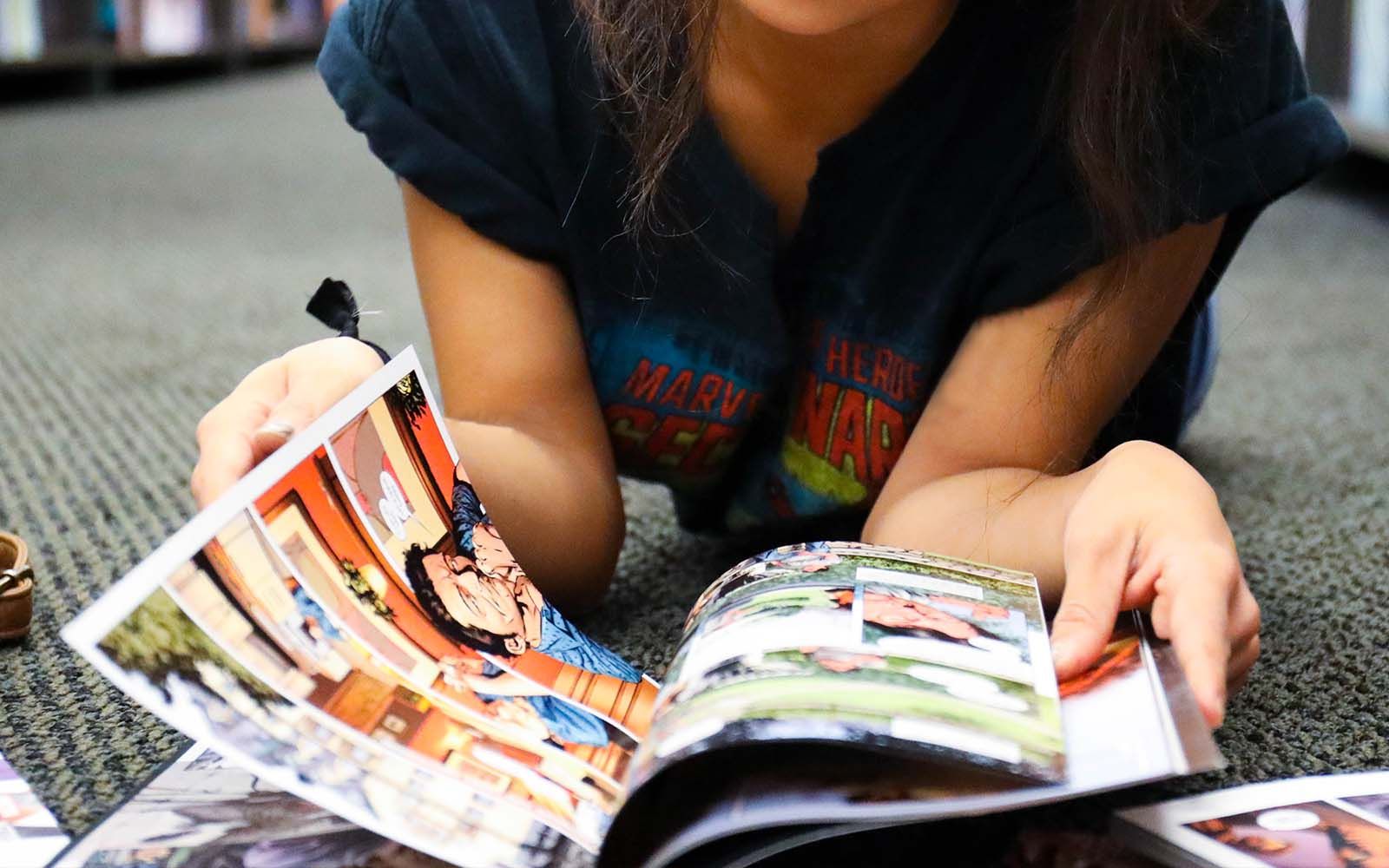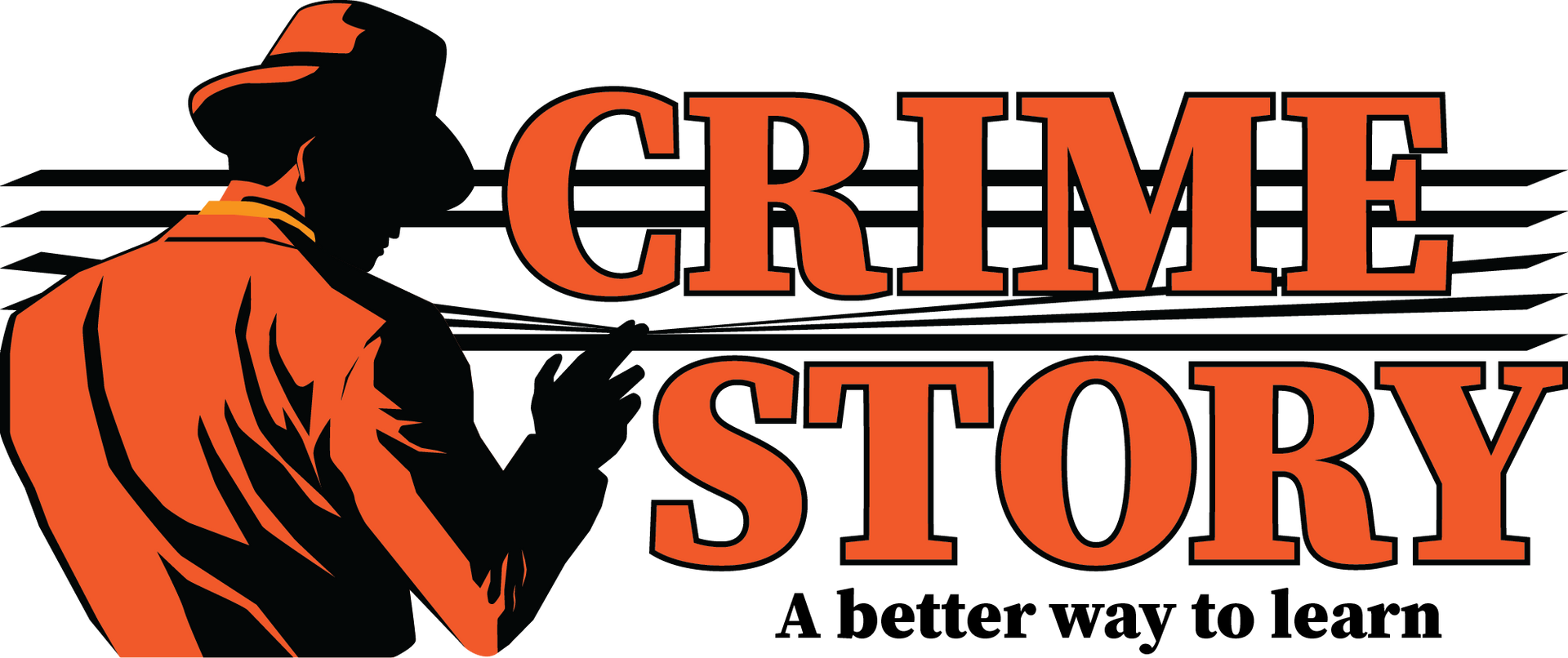Have a Question?
When did you last read a comic
When did you last read a comic? Not just a three panel Garfield, but a long form graphic novel? It was harder than I remembered and challenged me to make inferences from the judicious choice of image and words. Context was minimal. Colour was minimal. Words were heavily abbreviated, and sentences truncated. There was a smattering of onomatopoeia and vectors to indicate a flurry of action; cue Batman. My three graphic novels were a mix of classics and ‘Scandi’ (crime) noir. George Orwell’s ‘1984’, Harper Lees ‘To Kill a Mockingbird’, and Stieg Larson’s “The Girl who Kicked the Hornet’s Nest’. As an English teacher familiar with the classics, it was an enjoyable and easy read. ‘Mockingbird’ was copied verbatim, with some nice touches of colour for Maycombe’s flowers allowing a sensory trip and comfortable examination of the uncomfortable -prejudice and racism. ‘1984’ was an experience in discomfort. Contorted facial expressions, dark colours and a limited palette resonated with the melancholic themes, never really offering hope. Not an easy read, but the familiarity of the text helped. It was only when I opened the graphic interpretation of Stieg Larson’s best seller that I was really challenged. I became a student, a learner once again.

Many of us assume that novels are an adult transition from picture books, and that graphic novels may be regressive. Not true. Like Aldi, they are ‘good, different’ and so much more! Aldi is a good comparison with their shopping anomaly. Where else can you walk down an aisle and follow a pattern of “chips, cheese…chainsaws!” Graphic novels offer a shock to the senses, the unexpected, the conditioned form of digesting a pure novel, or a film. Graphic novels blend these worlds, and it takes practice to master the skill of decoding and comprehending the text. It is nuanced, bold and subtle. Sometimes I would absorb one frame for an eternity, go back a page, sure that I had missed the segue. Generally, I had. I had to make greater jumps of logic, or inferences than I would have with a novel or a film. Books use paragraphs and chapters. Film uses visual and sound bridging to alert the responder to a change. The graphic novel has its own style of minimalist signature change, and it takes getting used to.
As an educator I challenge students to extend themselves. I watch kids struggle with the literacy conventions of a difficult and already hybridised language (English). I empathise with their struggle, but only really understand it when I put myself in that same confronting position. That is how I feel with a graphic novel. I didn’t know the context, the patterns, or the style of Scandi noir graphic novel. Neither does a 15-year-old struggling with 1930’s America or post WW2 Cold War tension. The graphic novel takes the challenge of connecting observations with inferences to another level. I found that processing the information in a single frame was often time consuming. Larson would crowd a police station with up to 6 characters in some scenes, each with a different expression, body language and perspective. Rarely does a novel spend time describing this scene, with only the protagonist/antagonist relationship centre stage. Fast moving film similarly focuses our attention. I found the process of decoding was taking an inordinate amount of time. I checked and double checked every wall, table and vase that was drawn, because nothing is by accident. Everything has meaning.
In graphic novels the relationship between image and words is complicated in its apparent simplicity. Somewhere in between where the words stop, and the image begins is the true meaning. The breadcrumb trail that the reader needs to follow, the seemingly unsolvable crime, but in this case, you do this on every page. You often doubt yourself- just like a child learning a new skill. Image and words carry equal importance in graphic novels. The ratio varies slightly as the novel still tries to maintain rhythm. Just as the written word varies sentence length to increase pace, the complete removal of words does likewise in graphic novels. Action sequences are often devoid of anything but a groan as bone meets bone in a fight scene. The swoosh of a flying fist and the shudder of a jawbone in instant recoil. In this moment Graphic Novels are the purist essence of ‘show, don’t tell’ and are a both a great read and great lesson.
So as summer rolls around and I find myself poolside with long cool drink, it is back to page 7 of my graphic novel. That’s as far as I have gone. There will be amused but understanding students knowing that I am struggling to ‘decode the dominant reading’. I turn back to the six tough looking men in dark suits with ‘V’ shaped foreheads…and I still can’t pick the baddies!
Engage, Inspire…Create
Luke Taylor

Educational Packages
Unlock a world of discovery with our Educational Packages, where students collaborate with a former detective and experienced teacher to embark on captivating investigations aligned with essential syllabus elements. These interactive workshops not only spark curiosity but also enhance critical thinking and teamwork, offering students a chance to explore their interests in a dynamic learning environment. We provide workshops designed for schools anywhere in Australia. Dive into our diverse offerings below to find the perfect fit for your classroom.

Corporate Team Building
Transform your corporate team building experience with an engaging Crime Story Corporate Team Building Event. Whether for a small team or a large corporate retreat, our customized crime scene investigations encourage teamwork, problem-solving, and the development of essential soft skills in a fun, interactive environment. Bring your team closer together as they uncover clues and navigate through real-life mysteries, all while enhancing morale and building stronger connections.

